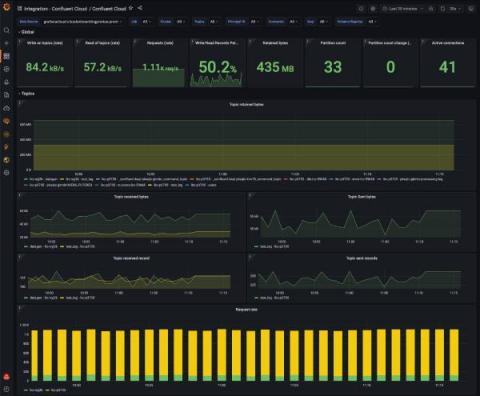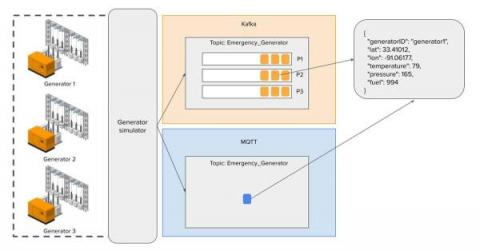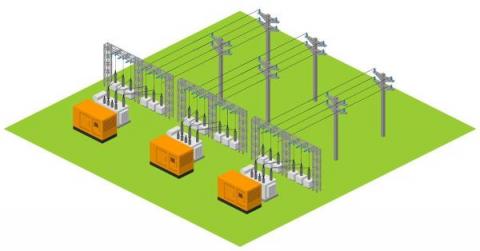Operations | Monitoring | ITSM | DevOps | Cloud
Kafka
Karapace Schema Registry add-on for Apache Kafka is now in public preview
We noticed this new announcement for Kafka users which may be worth looking into: “Instaclustr is pleased to announce the immediate availability of a new Kafka add-on, Karapace Schema Registry, in public preview, on our managed platform. This follows our earlier announcement of Karapace as part of our comprehensive Apache Kafka support solutions in mid March.
4 key risks in moving to the cloud (and how to mitigate, manage and master them)
Apache Kafka Consumer Lag Monitoring
The world lives by processing the data. Humans process the data – each sound we hear, each picture we see – everything is data for our brain. The same goes for modern applications and algorithms – the data is the fuel that allows them to function and provide useful features. Even though such thinking is not new, what is new in recent years is the requirement of near-real-time processing of large quantities of events processed by our systems.
Introducing the new Confluent Cloud integration for Grafana Cloud
At Grafana Labs, we’re continuing to expand our platform of Grafana Cloud integrations that make it easier than ever to connect and monitor external systems. These integrations enable you to answer the big picture questions in your organization and tell your observability story.
MQTT vs Kafka: An IoT Advocate's Perspective (Part 2 - Kafka the Mighty)
In Part 1 of this series, we started to compare the uses of Kafka and MQTT within an IoT infrastructure. It was concluded that in a basic publish-and-subscribe model of an IoT device, Kafka might simply be overkill.
MQTT vs Kafka: An IoT Advocate's Perspective (Part 1 - The Basics)
With the Kafka Summit fast approaching, I thought it was time to get my hands dirty and see what it’s all about. As an advocate for IoT, I heard about Kafka but was too embedded in protocols like MQTT to investigate further. For the uninitiated (like me) both protocols seem extremely similar if not almost competing. However, I have learned this is far from the case and actually, in many cases, they complement one another.
Kafka and Flink in Lottoland
Who Can Benefit From Kafka Monitoring Services?
The benefits of Apache Kafka monitoring services are widely appreciated across the industry. Organizations that rely heavily on Apache Kafka for their data streaming needs can derive great benefit from the use of Kafka monitoring services. By keeping track of various different key performance indicators (KPIs) related to Kafka, such as message throughput and latency, organizations can ensure that their Kafka-based data pipelines are running as smoothly and efficiently as possible.











